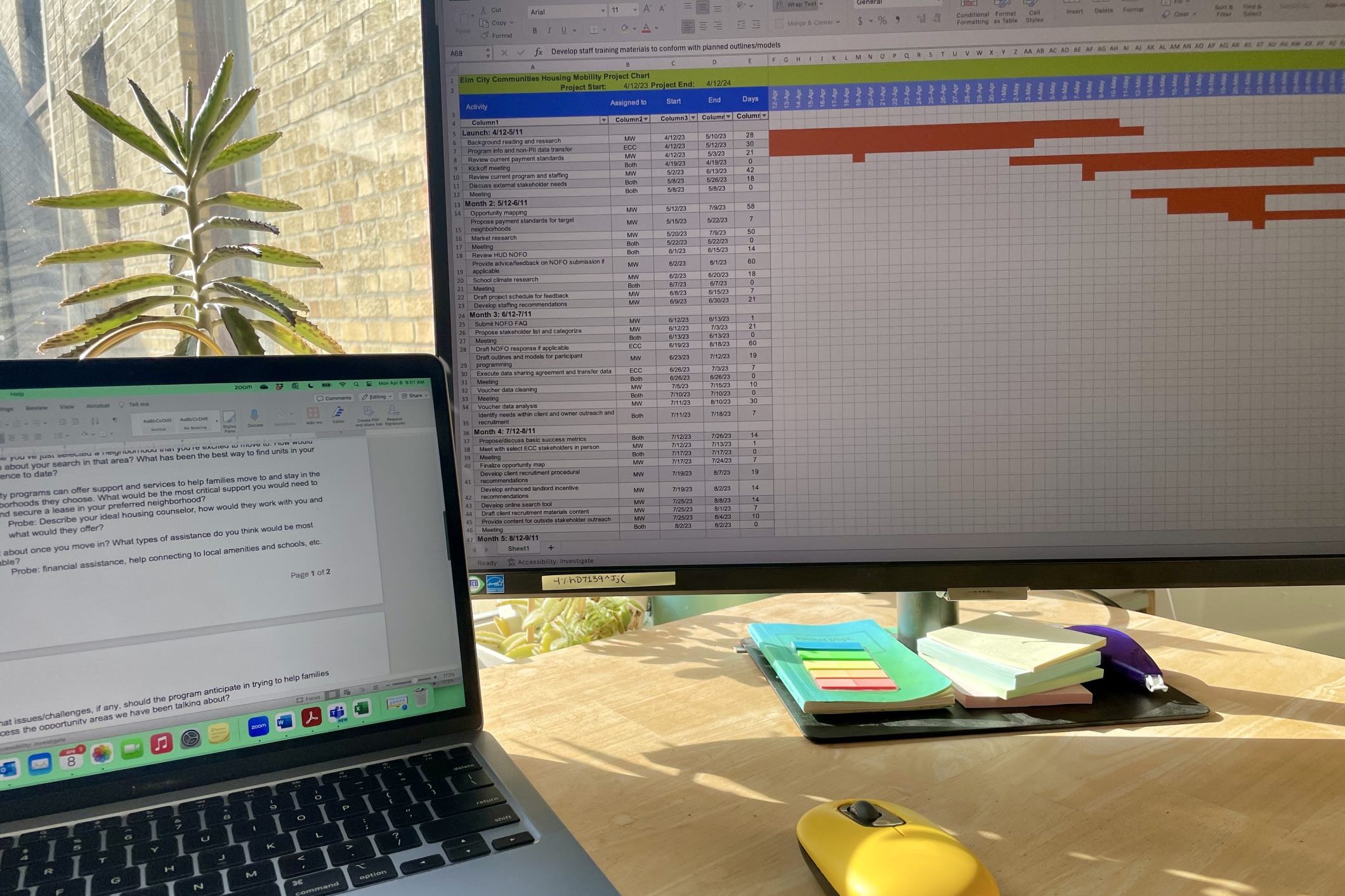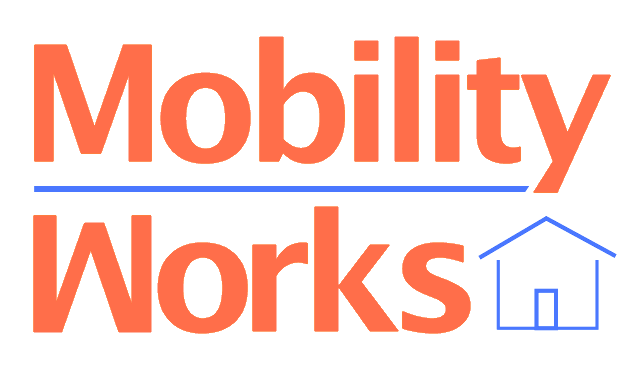
Our Story
The Evolution of Housing Mobility: Breaking Barriers for Inclusion and Economic Mobility
Throughout the history of public housing in the United States, a troubling pattern of separate and unequal opportunities has persisted, significantly limiting housing choice and access to resources for non-white residents. Historically, minority residents, particularly African Americans, found themselves confined to impoverished, racially isolated neighborhoods, while their white counterparts enjoyed nicer units in lower-poverty areas. While these patterns remain in many places, a disruption began in the 1960s and 1970s when Black public housing residents around the country, including in Chicago and Dallas, took legal action against the U.S. Department of Housing and Urban Development, challenging the segregation that had endured for decades.
The concept of housing mobility emerged as a response to these legal battles. Its proponents sought to ensure that low-income minority families had access to the same housing opportunities available to low-income white families. They recognized that all families deserved the chance to reside in diverse communities with safe streets, high-performing schools, and access to job opportunities. Housing mobility programs emerged as a legal remedy, enabling these families to choose where to live and providing the resources needed to move to areas to which they otherwise would not have access.
Housing mobility initially focused on public housing residents but later expanded to address the chronic segregation within the Housing Choice Voucher program. While the voucher program was originally intended to expand families’ housing choices, the program’s design and a variety of other structural barriers often push voucher holders into higher-poverty neighborhoods not unlike those in which public housing is often found.
Notable housing mobility programs emerged, such as Housing Choice Partners in Chicago (1995), the Inclusive Communities Project in Dallas (2005), and the Baltimore Regional Housing Partnership (2012), and have since assisted thousands of families to transition to and remain in neighborhoods where they feel safe and connected to the resources they need to thrive. And, as researchers have increasingly shown the importance of neighborhood in determining a child’s educational and economic future, housing mobility has taken hold in more communities. There are now more than 35 housing mobility programs around the country, and we are working to continually increase that number.
Mobility Works began in 2016 as a consortium of organizations and individuals to provide technical assistance and training on housing mobility. We incorporated in 2021 and expanded our work to advocacy and field-building, and hired staff beginning in 2022.
Our focus on housing mobility sits within a broader universe of efforts to redress systemic racism in housing and the poverty and exclusion that have resulted from disinvestment in minority neighborhoods. Everyone deserves to live in a community that works for their family, and our place in this ecosystem is to support programs, funding, and policy changes that promote self-determination among low-income families, expand housing choice, and support families with Housing Choice Vouchers to move to communities that meet their needs.
How can we assist you?



